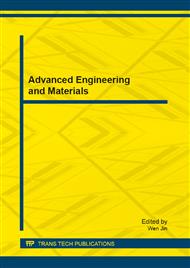p.104
p.109
p.115
p.119
p.124
p.128
p.136
p.140
p.146
Modeling Wood Density of Larch Using Random Effects Models
Abstract:
Wood density samples were collected from dahurian larch (Larix gmelinii Rupr.) trees grown in northeastern China. Six discs (about 5 cm thick) were cut from each tree (i.e. from the root stem, at breast height (1.3m), and at 20%, 40%, 60%, and 80% of the total height). For each disc, a thick sliver with parallel sides was cut out along the diameter of the disc. The sliver was about 40-mm thick, with the pith located in the middle. Eight small pieces were cut from the sliver with equal distance from pith to bark. Wood density of small piece was obtained using water displacement method. A second order polynomial equation with linear mixed-effects was used for modeling wood density. The LME procedure in S-Plus is used to fit the mixed-effects models for the wood density data. The results showed that the polynomial model with three random parameters could significantly improve the model performance. The fitted mixed-effects model was also evaluated using a separate dataset. The mixed model was found to predict wood density better than the original model fitted using ordinary least-squares based on absolute and relative errors.
Info:
Periodical:
Pages:
124-127
Citation:
Online since:
February 2013
Authors:
Keywords:
Price:
Сopyright:
© 2013 Trans Tech Publications Ltd. All Rights Reserved
Share:
Citation:


